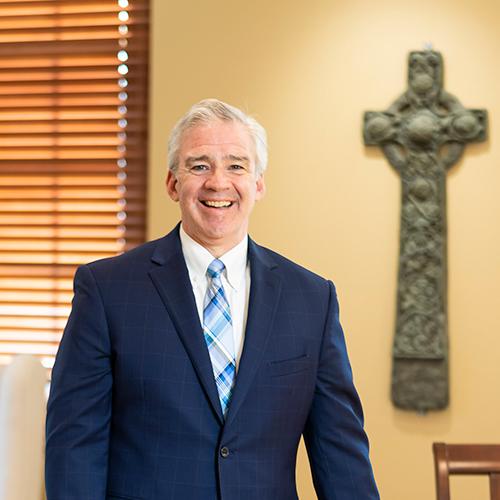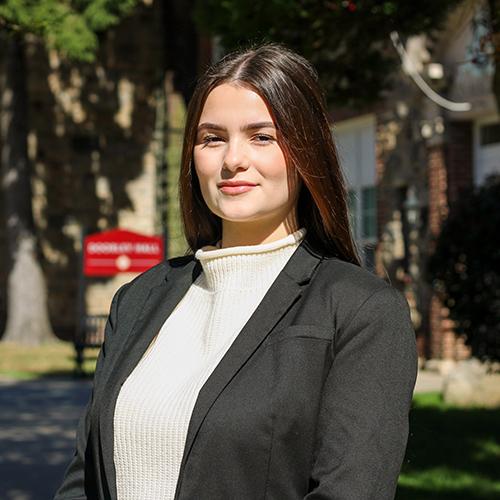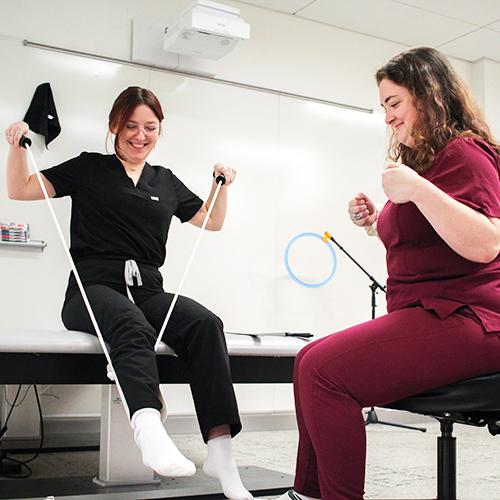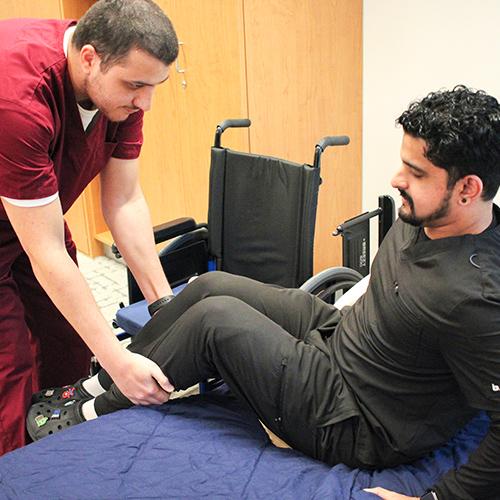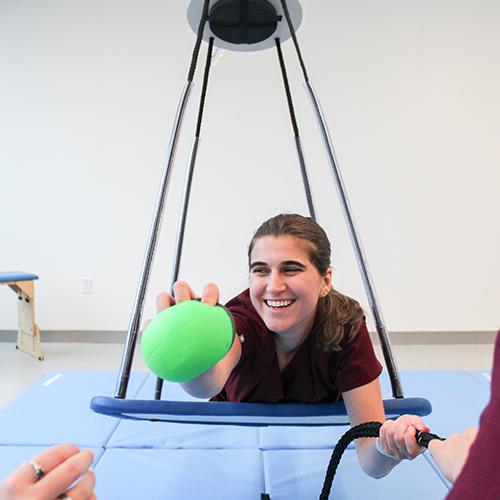Maximizing Your Degree: What Can You Do with a Master’s in Occupational Therapy?
What can you do with a master’s in occupational therapy? For starters, you can work with clients of all ages to improve their daily living skills, enhance their independence, and help them overcome physical, cognitive, or emotional challenges. Experienced occupational therapists may even go on to innovate in the field as entrepreneurs and business owners.
What Is Occupational Therapy?
Occupational therapy helps individuals improve their quality of life and their level of independence through meaningful activities. Occupational therapists (OTs) work with patients to develop, recover, and maintain the skills necessary for daily living, work, and recreation. OTs design personalized interventions to address physical, cognitive, and emotional challenges.
Explore Our Occupational Therapy Master’s Program
To become an occupational therapist, a minimum of a Master of Science in occupational therapy (MSOT) is required in most states. Those who are interested in pursuing a career in occupational therapy can learn more about the master’s in OT program at Iona University. Keep reading to find out how many credits is a master’s in occupational therapy, prerequisites for a master’s in occupational therapy, and if occupational therapy may be a good career choice for you.
Course Requirements1
What is an MSOT? This master’s program focuses on preparing graduates to work in occupational therapy.
As with most master’s degree programs, a master’s in occupational therapy requires courses that are highly focused on preparing graduates for a career as an OT. Core course topics that are required to earn a master’s in OT include but are not limited to the following:
- Human anatomy
- Human musculoskeletal system
- Occupational therapy process
- Neuroscience
- Behavioral and mental health
What are the prerequisites for a master's in occupational therapy at Iona? Applicants to OT programs should have completed the following2:
- Anatomy and Physiology I and II (lab component required)
- General Psychology
- Lifespan Development
- Abnormal Psychology
- Sociology or Anthropology
- Statistics/Research Design in Behavioral or Health Sciences
To be eligible for the OT master’s program at Iona, applicants must have completed prerequisite courses within the last seven years. Applicants to the OT program are not required to have completed any coursework specific to occupational therapy prior to enrolling.
Program Highlights
Graduates of the master of science in occupational therapy program at Iona will be prepared to complete their OT licensure requirements and start working in the field upon graduation. How many credits does it take to earn a master's in occupational therapy? At Iona, the master’s program requirements include 80 total credits, which is completed in 22.5 months over the course of 27 months. The program integrates classroom instruction, lab and simulation activities, community service and engagement, and interprofessional education so that its graduates are ready to take on challenges of OT Practice.
Students in the Iona OT program will also have unique opportunities to explore the connections between design, technology, and occupational therapy through the Hynes Institute for Entrepreneurship & Innovation. The Hynes Institute is an interdisciplinary hub for the development of creativity and leadership skills that are critical for success in a global economy.
The occupational therapy program at Iona is part of the New York-Presbyterian Iona School of Health Sciences. Many OT students will have the opportunity to do Fieldwork 1 and 2 at a New York- Presbyterian setting. NewYork-Presbyterian was recently ranked as one of the top hospitals in the country by U.S. News & World Report.3
Certification Process
The Iona master’s in OT follows Accreditation Council for Occupational Therapy Education (ACOTE) standards and educates students as generalists prepared for licensure exams. Upon graduation, students will be eligible to take the National Board for Certification in Occupational Therapy (NBCOT) exam, which is critical for licensure.
OT licensure is handled on a state-to-state basis, with each state having slightly different requirements. An overview of licensing requirements for New York, New Jersey, and Connecticut includes the following:
- New York4: In New York, OTs are licensed thorough the New York State Education Department Office of the Professions. To become a licensed occupational therapist, applicants must complete an approved educational program, which includes at least six months of supervised occupational therapist experience and pass the NBCOT OTR exam with a score of at least 450.
- New Jersey5: In New Jersey, the Occupational Therapy Advisory Council, which is part of the Department of Consumer Affairs, provides licenses to occupational therapists. To qualify for OT licensure, applicants must complete at least a bachelor’s degree in occupational therapy, undergo 24 weeks of supervised work, and submit two completed Certificates of Good Moral Character along with scores for the NBCOT exam. NJ applicants must also complete the online Jurisprudence Exam for the state.
- Connecticut6: In Connecticut, occupational therapists are licensed through the Department of Health. To apply for licensure in Connecticut, applicants must hold at least a bachelor’s degree from an AOTA-accredited program, complete at least 24 weeks of supervised field work, and successfully complete the NBCOT exam.
Career Options in Occupational Therapy
Becoming an occupational therapist is the end goal for most graduates of a master’s in OT program. However, within that field, there are ways to specialize or broaden the scope of OT work to go beyond one-to-one client therapies. There are also opportunities to earn a Post-Professional OTD degree within 2 years while working as an occupational therapists.
The Importance of Occupational Therapy as a Career7
Why choose occupational therapy as a career? Occupational therapists can have a significant impact on patient outcomes. Patients who can benefit from OT may be struggling with rehabilitation following an accident or medical event, or they may struggle with daily tasks and activities due to mental health or other issues. Working in conjunction with other healthcare providers, OTs can help improve a patient’s quality of life by allowing them more independence and a better ability to participate in activities they enjoy.
Is occupational therapy a good career? According to the Bureau of Labor Statistics (BLS),8 the demand for occupational therapists is growing much faster than the average for all occupations. Between 2022 and 2032, the U.S. is expected to add more than 16,000 new OT jobs. The median pay for occupational therapists is $96,370 per year, with pay in the New York, New Jersey, and Connecticut areas coming in even higher.
Of course, salary is not the only component in establishing a good career. Working as an OT also allows you to make a real difference in people’s lives, which can result in a much more satisfying career in the long run.
What Can Occupational Therapists Do?
There is no reason to wonder what can I do with a master's in occupational therapy? Occupational therapists play a versatile and vital role in helping people of all ages and backgrounds achieve their highest level of independence and quality of life. An OT’s work can span a wide range of settings and populations. Occupational therapists may focus on a specific age range, such as pediatrics or geriatrics, or on a specific diagnosis, such as working with those with mental health challenges.
As with many careers, specialization can be one way to expand career opportunities for occupational therapists. As OTs gain more experience in a specialization, they may be eligible for promotion to leadership positions, or they may choose to open their own practices.
Where Do Occupational Therapists Work?
Just as occupational therapists can work with a range of different types of patients, they can also work in different clinical environments. For example, OTs may work in:
- Hospitals: in acute care, rehabilitation units, or outpatient hospital clinics
- Schools: addressing developmental delays and behavioral issues
- Private practice: in specialized clinics or general practice
- Nursing homes: providing support in skilled nursing facilities or assisted living communities
- Community health centers: in public health clinics or in conjunction with community-based care programs
There are also emerging practice areas that are becoming more common for OTs, including telehealth practice, home health care, and corporate wellness programs.
Take the First Step: Start Your Application
The master’s in occupational therapy program at Iona provides graduates with a strong clinical foundation to start work as an occupational therapist. Applicants who submit their applications early can be eligible for scholarship opportunities and may have an advantage in securing their place in this competitive program.
If you are ready to take the next step towards your career as an OT, submit an application today.
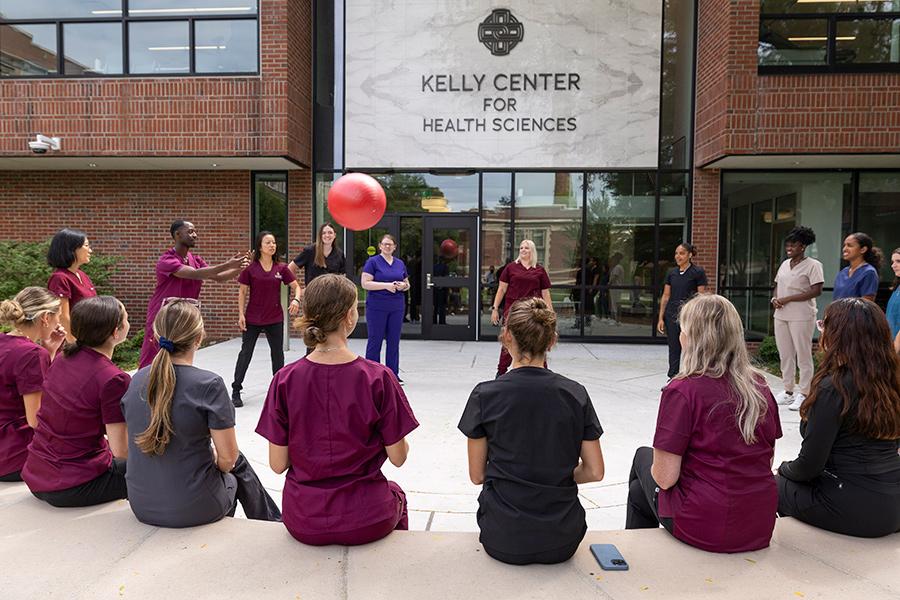
Footnotes
1. https://catalog.iona.edu/preview_program.php?catoid=31&poid=6081
2. https://www.iona.edu/academics/explore-majors-programs/occupational-therapy-ms-degree/admissions-requirements
3. https://health.usnews.com/health-care/best-hospitals/articles/best-hospitals-honor-roll-and-overview
4. https://www.op.nysed.gov/professions/occupational-therapists/license-requirements
5. https://www.njconsumeraffairs.gov/ot
6. https://portal.ct.gov/dph/practitioner-licensing--investigations/occupational-therapist/ot-licensure-requirements
7. https://my.clevelandclinic.org/health/articles/24617-occupational-therapist
8. https://www.bls.gov/ooh/healthcare/occupational-therapists.htm

